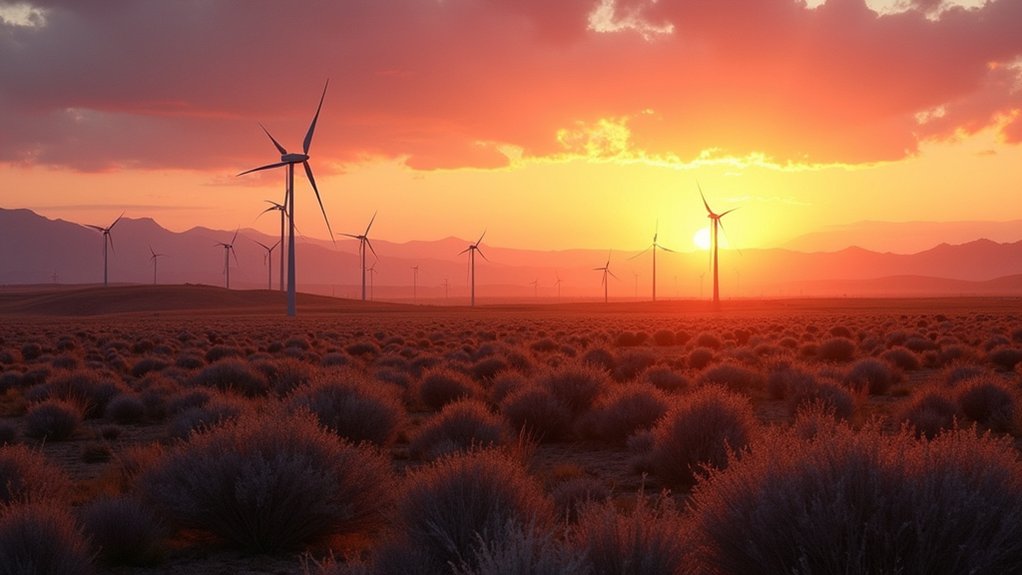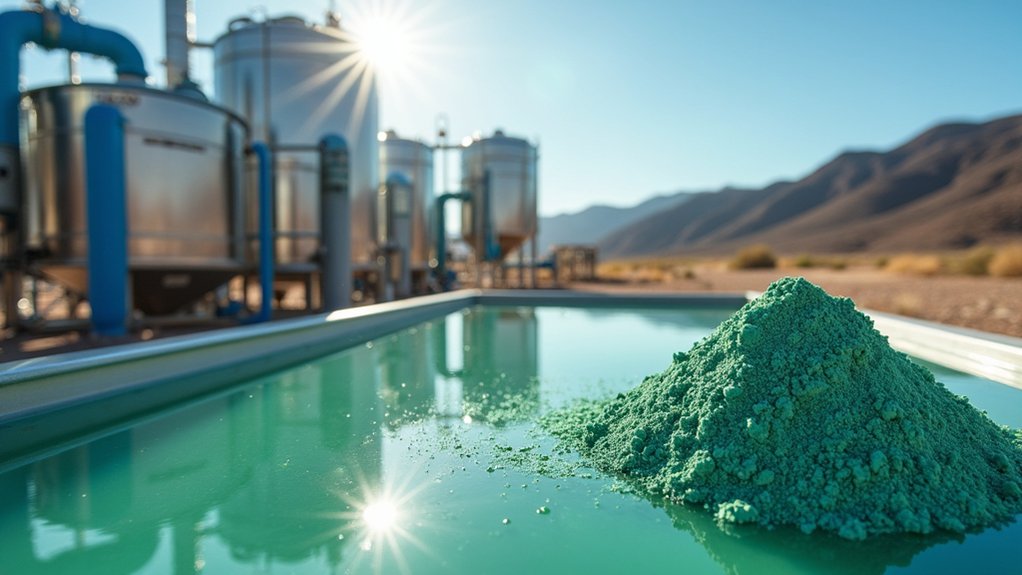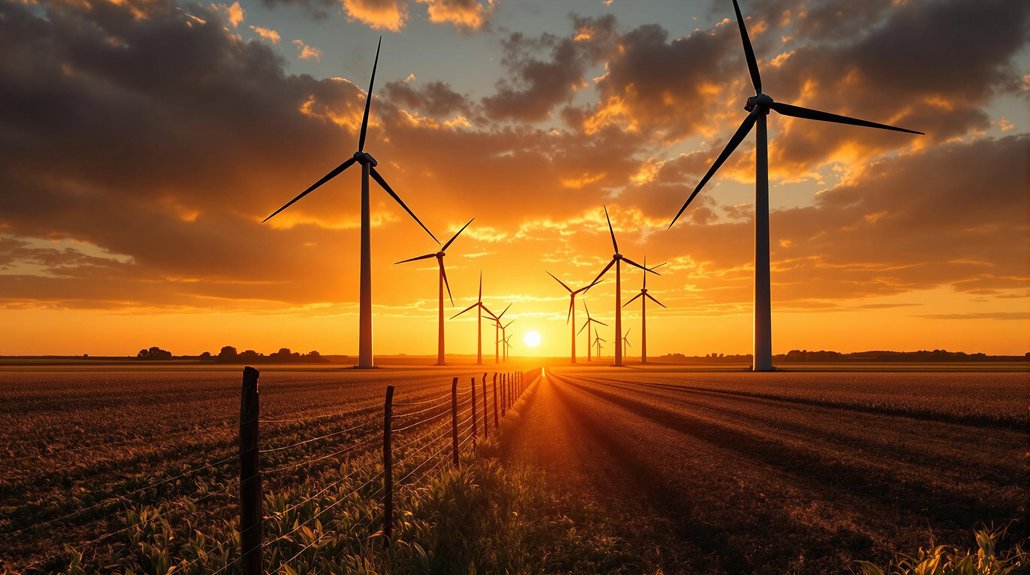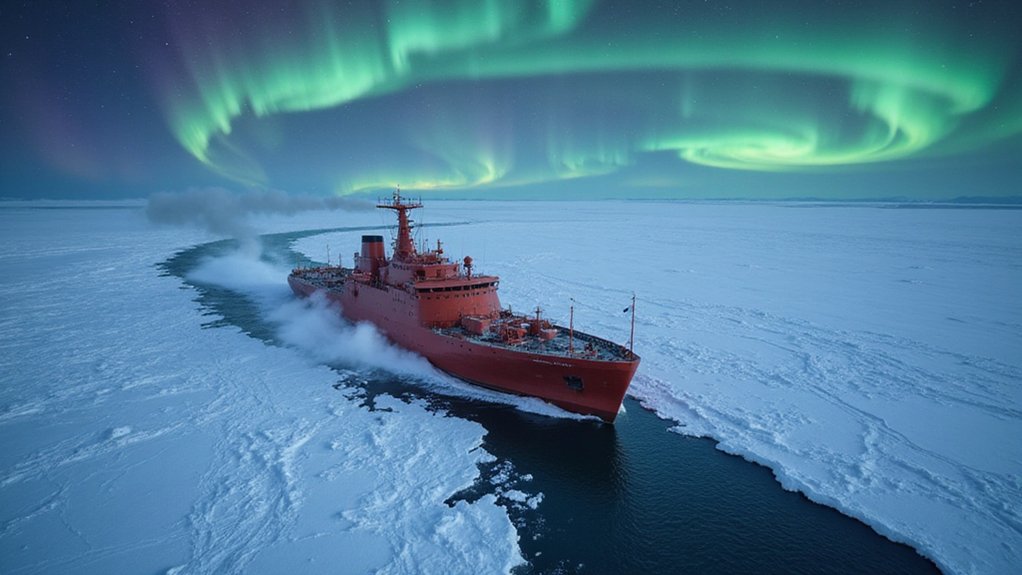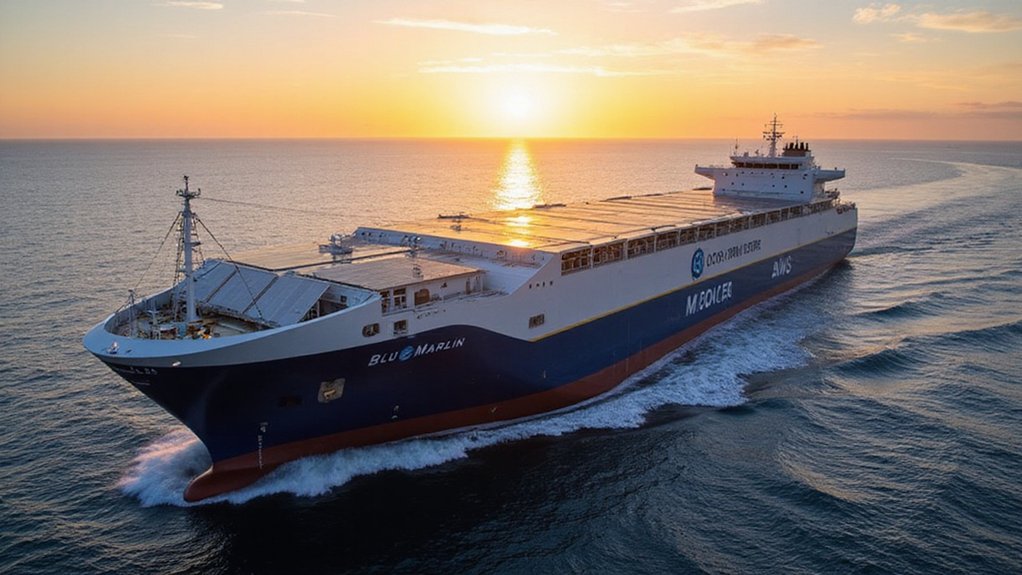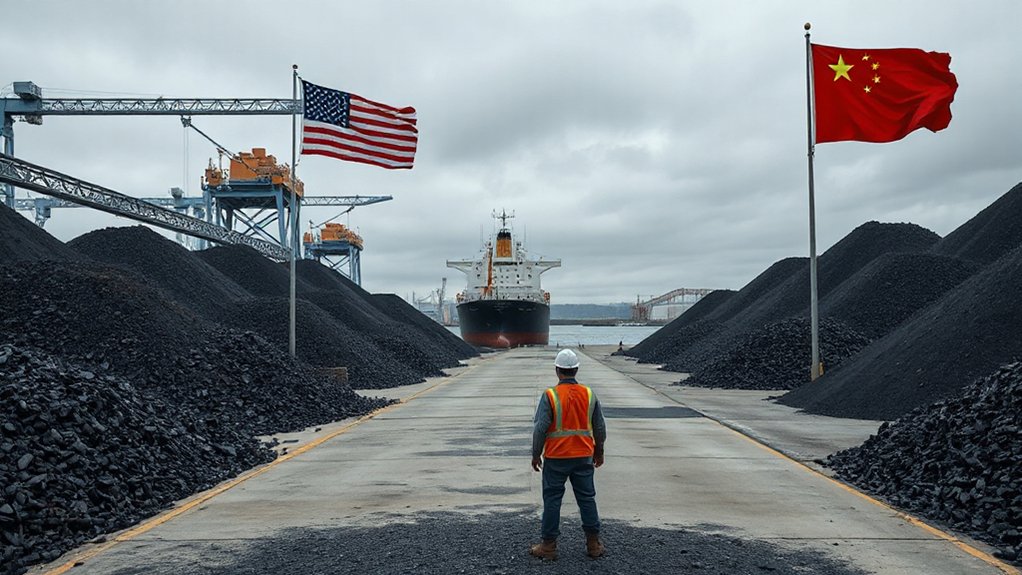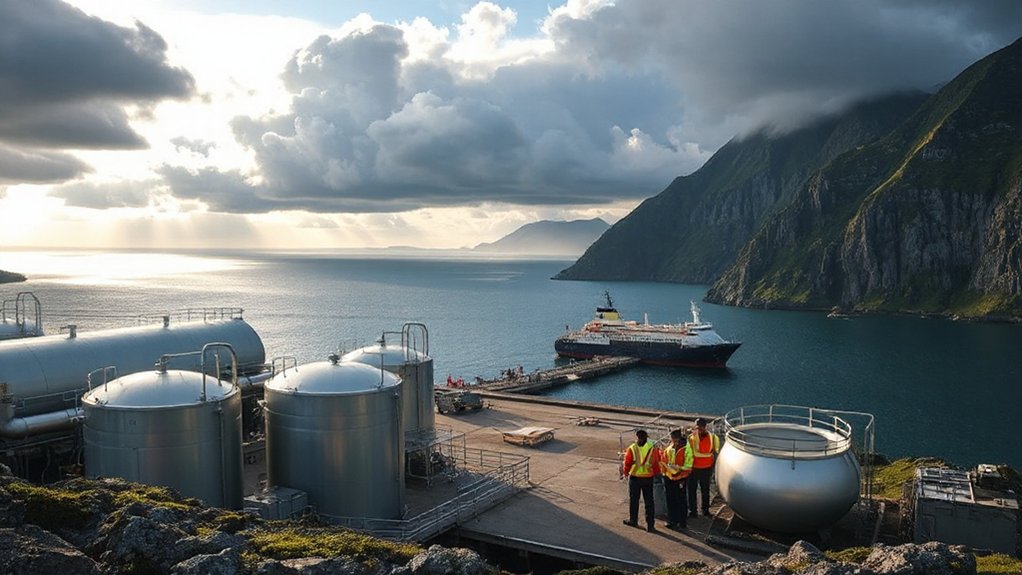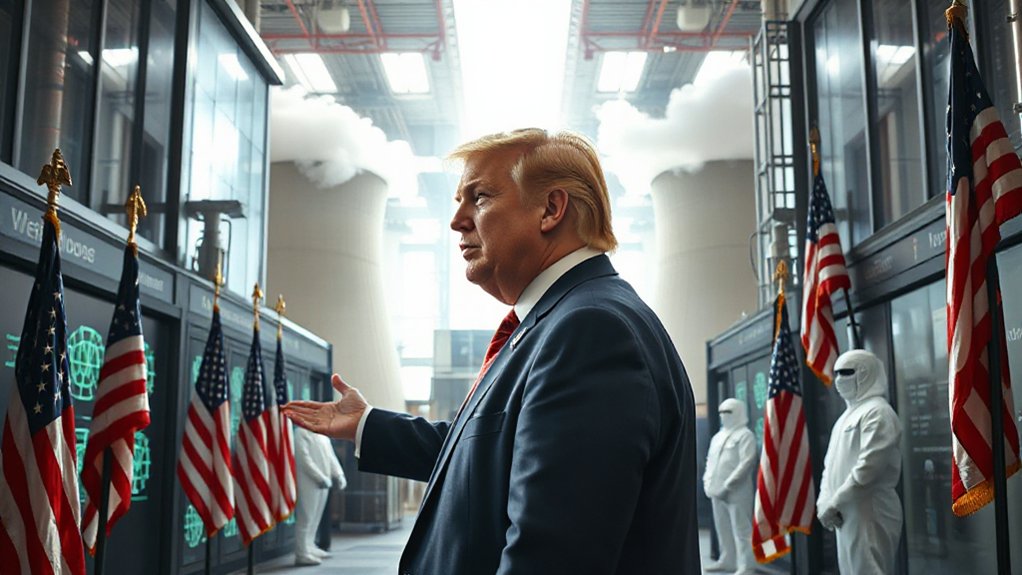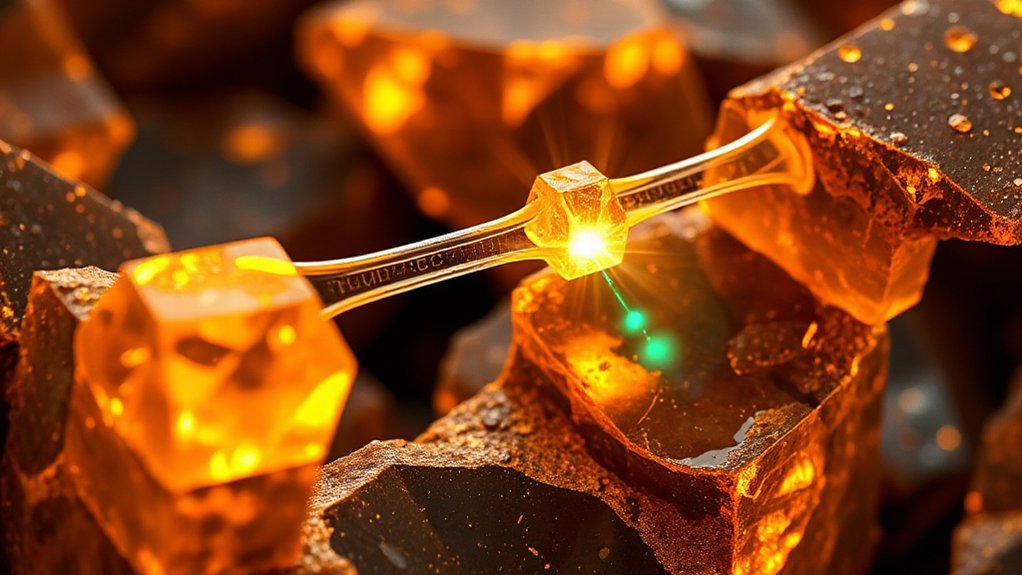Winds of controversy are swirling around one of America’s most ambitious renewable energy proposals. The Lava Ridge Wind Project, initially set to become one of the largest wind farms in the U.S., has been scaled back dramatically. From 400 turbines to 241. From 2,094 MW to 1,205 MW. Still massive, but the backlash was bigger.
These aren’t your grandfather’s windmills. We’re talking turbines standing 660 feet tall—double the Statue of Liberty. Taller than the Space Needle. Visible for miles across the Idaho terrain. Magic Valley Energy, a subsidiary of LS Power, submitted the proposal in 2020, probably not expecting the firestorm that followed.
The project site? Federal land spanning Jerome, Lincoln, and Minidoka Counties. Just a stone’s throw from the Minidoka National Historic Site, where thousands of Japanese Americans were interned during WWII. Preservationists aren’t having it. They argue the turbines would ruin the solemn experience of visiting this painful chapter of American history. The Advisory Council on Historic Preservation actually walked away from consultations. Not a good sign.
Massive wind turbines towering over the hallowed ground where America once imprisoned its own citizens—symbolism doesn’t get more jarring.
Governor Brad Little stepped in with executive action. Local officials too. Their message? Slow down, feds. Idahoans want a say in what happens to their backyard, especially when that backyard might be powering homes in other states.
The economic numbers are tempting, though. Seven hundred construction jobs. Twenty permanent positions. Annual tax revenue exceeding $1 million. Total investment? Over a billion dollars. The turbines could power half a million homes and generate 4.8 TWh annually. Despite significant cost reductions in solar technology over the past decade, wind remains a competitive option for this region.
Wildlife advocates aren’t convinced the tradeoff is worth it. Neither are ranchers. Or the Japanese-American community. The Shoshone-Bannock Tribe has also voiced opposition, concerned about the project’s impact on their treaty hunting rights. The proposed turbines would be situated 9 to 25 miles from the historic Minidoka site, significantly altering the remote landscape that gives visitors context for understanding the isolation experienced by internees. The Bureau of Land Management’s environmental review process continues, with the final Environmental Impact Statement favoring a reduced footprint.
One thing’s clear: this isn’t just about wind turbines. It’s about history, wildlife, local control, and who benefits from Idaho’s resources. The Lava Ridge saga continues. Spoiler alert: nobody’s backing down.
References
- https://gov.idaho.gov/pressrelease/gov-little-signs-gone-with-the-lava-ridge-wind-project-act-to-complement-president-trumps-executive-action/
- https://www.boisestatepublicradio.org/environment/2024-09-09/lava-ridge-wind-farm-minidoka-historic-site
- https://en.wikipedia.org/wiki/Lava_Ridge_Wind_Project
- https://www.magicvalleyenergy.com
- https://eplanning.blm.gov/eplanning-ui/project/2013782/510
